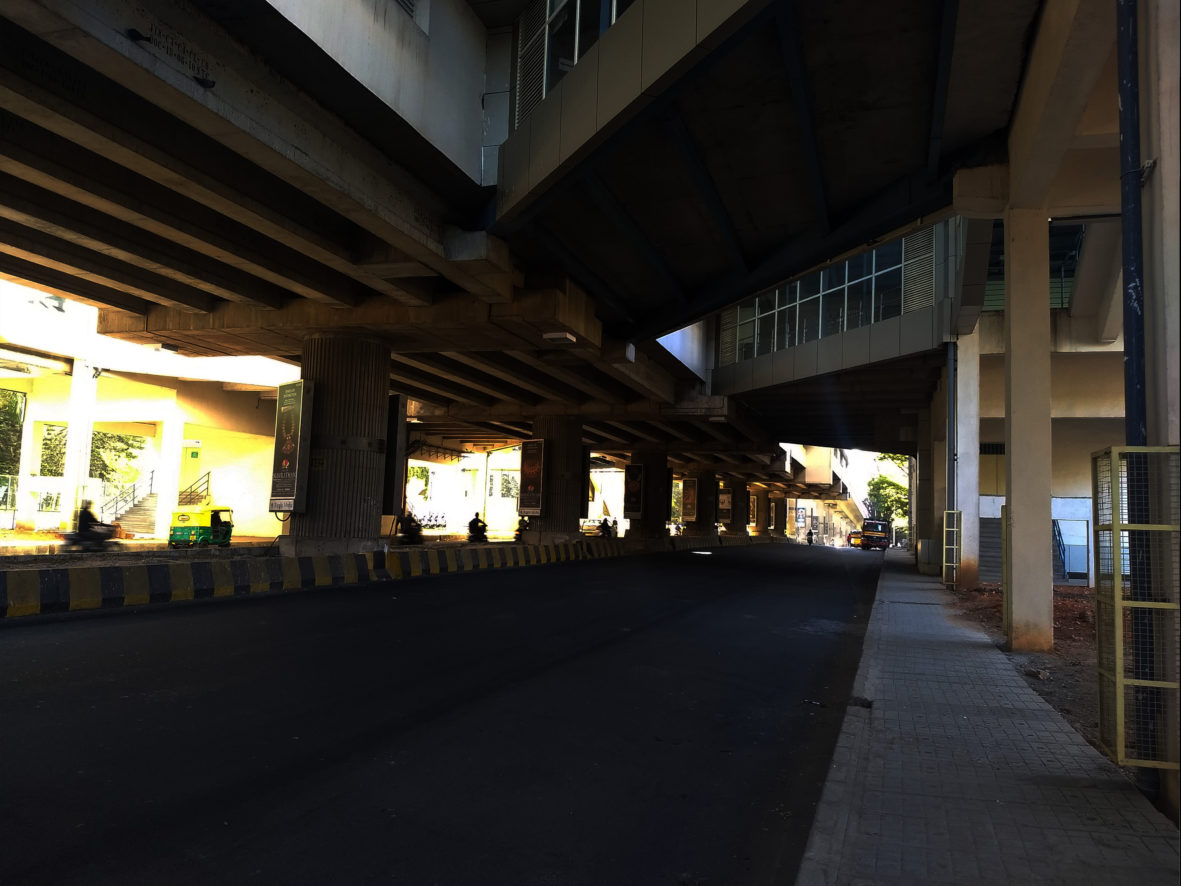Project Title: Thinking Beyond the Metro Station
Location: Bangalore, India
Author: Deepika Raghu

Metro stations in Bangalore are complicit in the displacement of communities on one hand, and are an effective public transportation system on the other. This narrative is aimed at understanding how the advent of mass transit can be utuilised to serve the commuters and the neighbourhood, making it an active participant in the life of the city.
At different times of the day, each metro station creates unique dialogues with different levels of society. In order to fully understand the depth of these relationships, I documented my experiences at various stations in Bangalore.
The Rangoli Arts Center, designed at M G Road Metro Station is a conscious decision which focuses on discovering public events which sporadically occur. The reprogramming engages the city and all its citizens based on their needs and aspiration. The Nagara Pete (market) was set up to support handmade art and craft products produced by our handmade community who have the skills but no structured space to sell their wares.
Another project by the Srishti School of Art is set within the context of the Cubbon Park Metro Station. The project looked at redeveloping existing spaces in and around the metro station that have no current functionality. The first intervention looked to convert a dead space into an interactive means of transit. A vacant escalator space was converted into a climbing area by installing climbing holds on the passage. This was done with the objective of transforming it into a community area that offers an enhanced public space experience to its users.
The physical articulation of transit infrastructure and the relationship they make to their context is just as important as their statistical planning. Such structures have the potential to greatly affect our cities and our lives far beyond their expected utility.
Text provided by the author(s).
